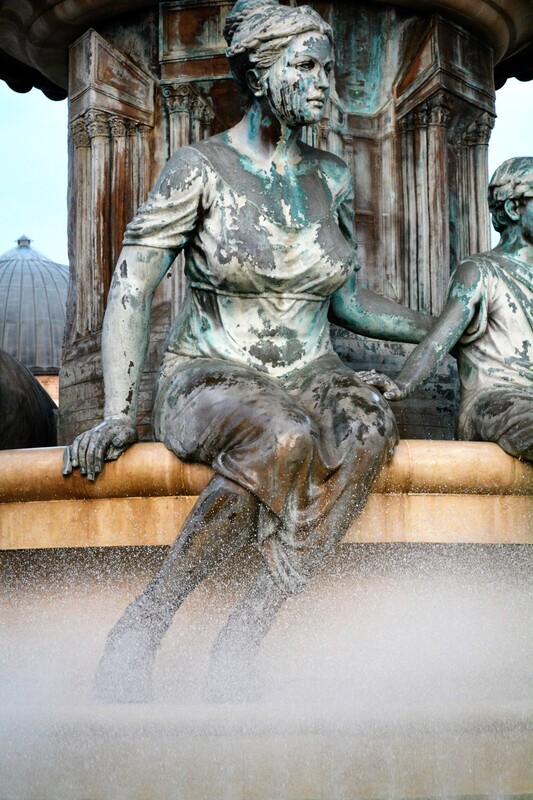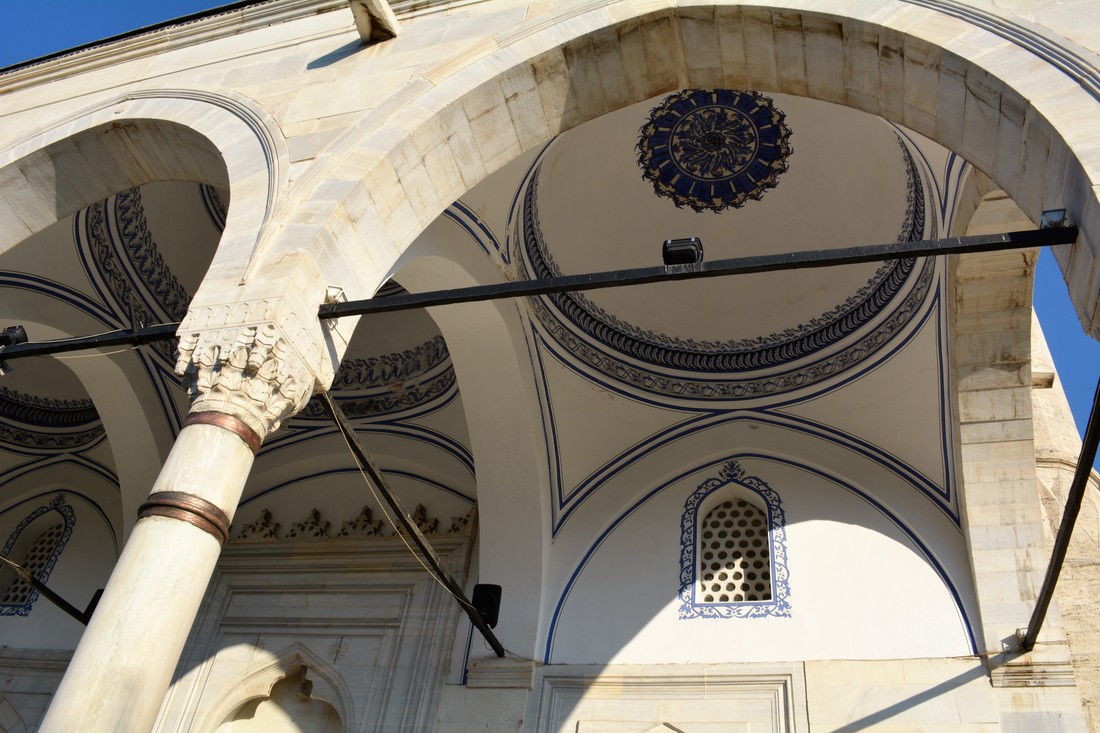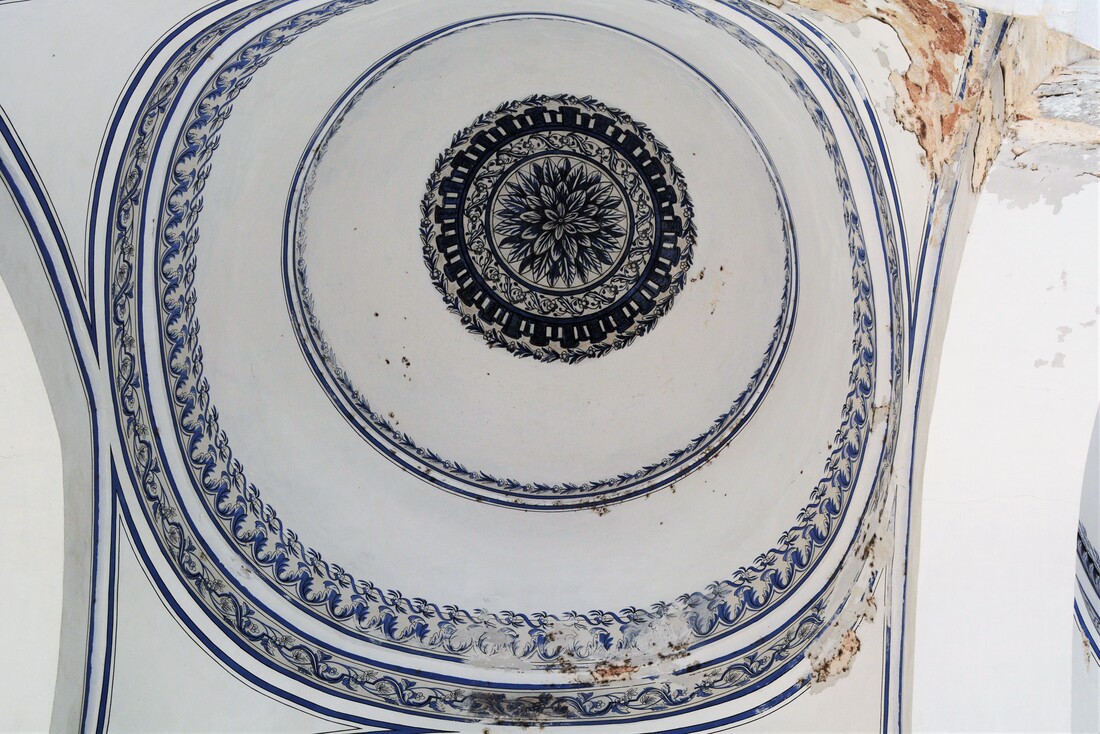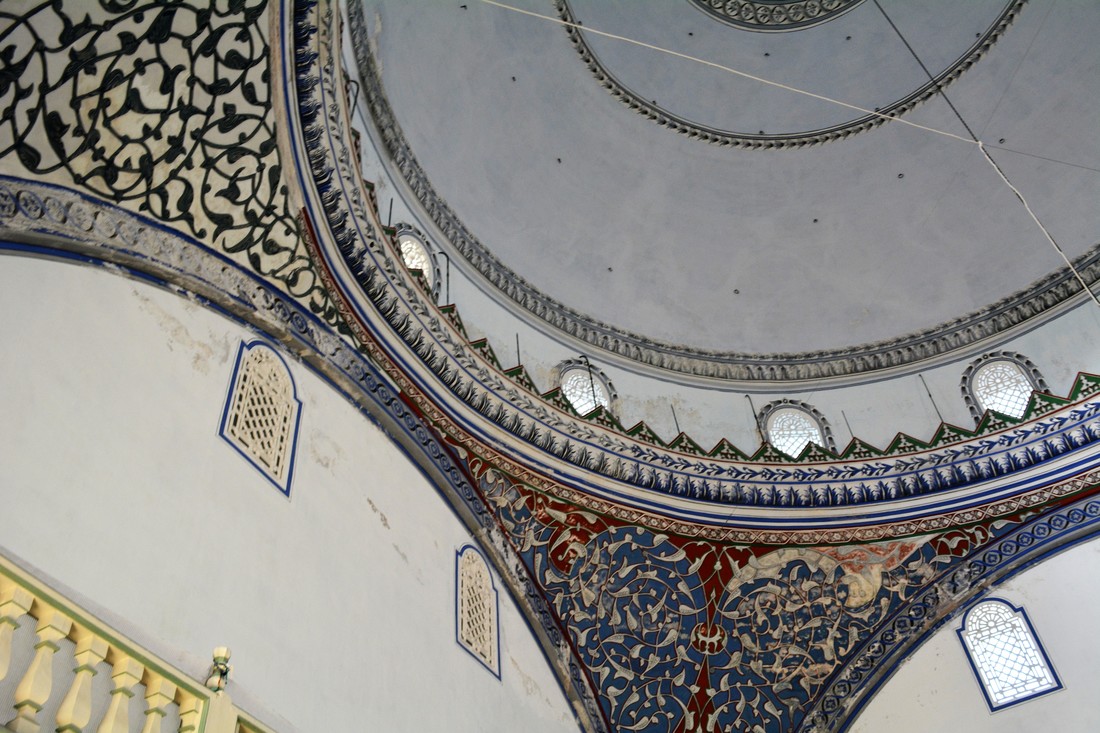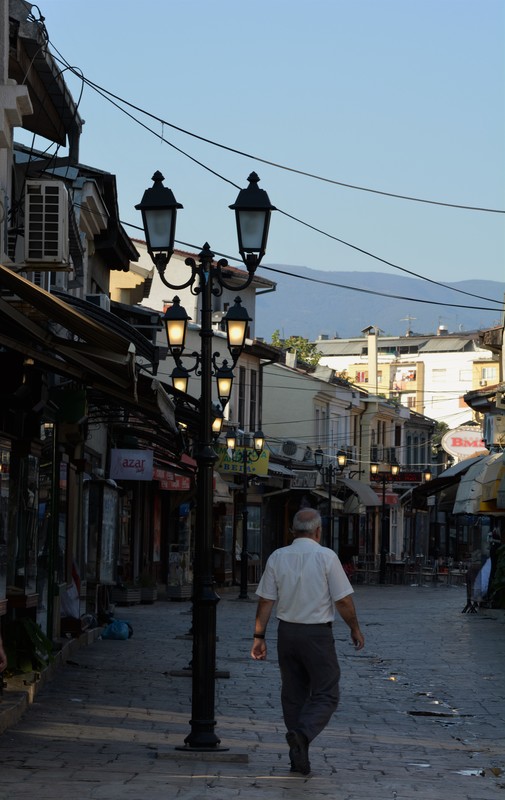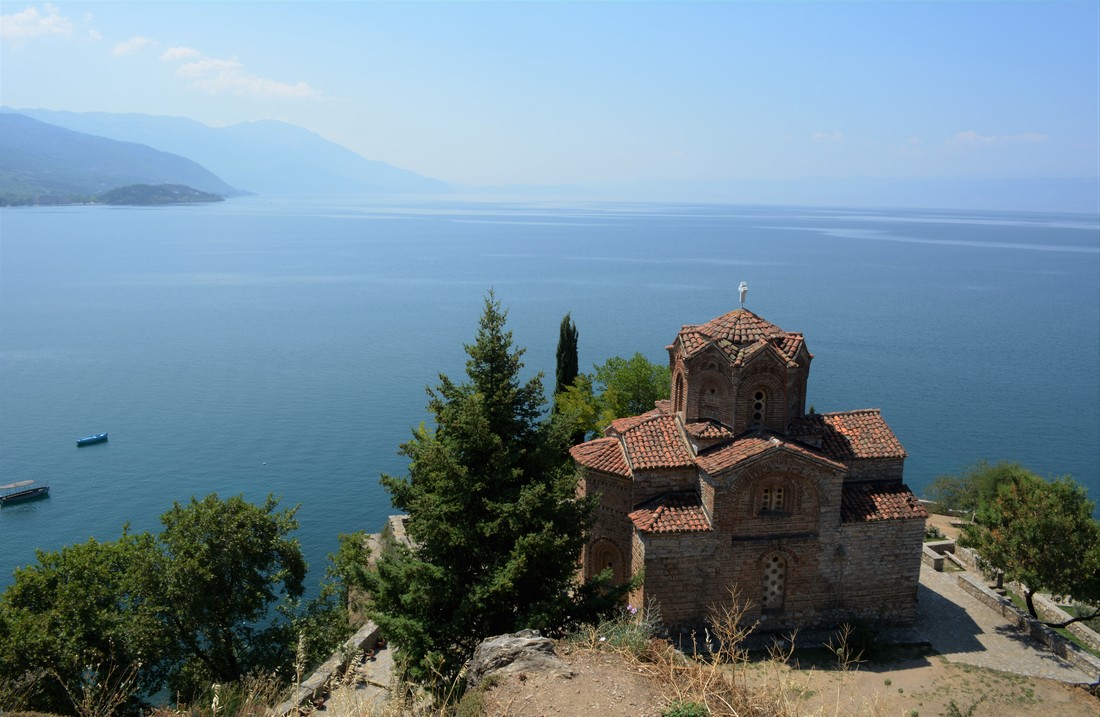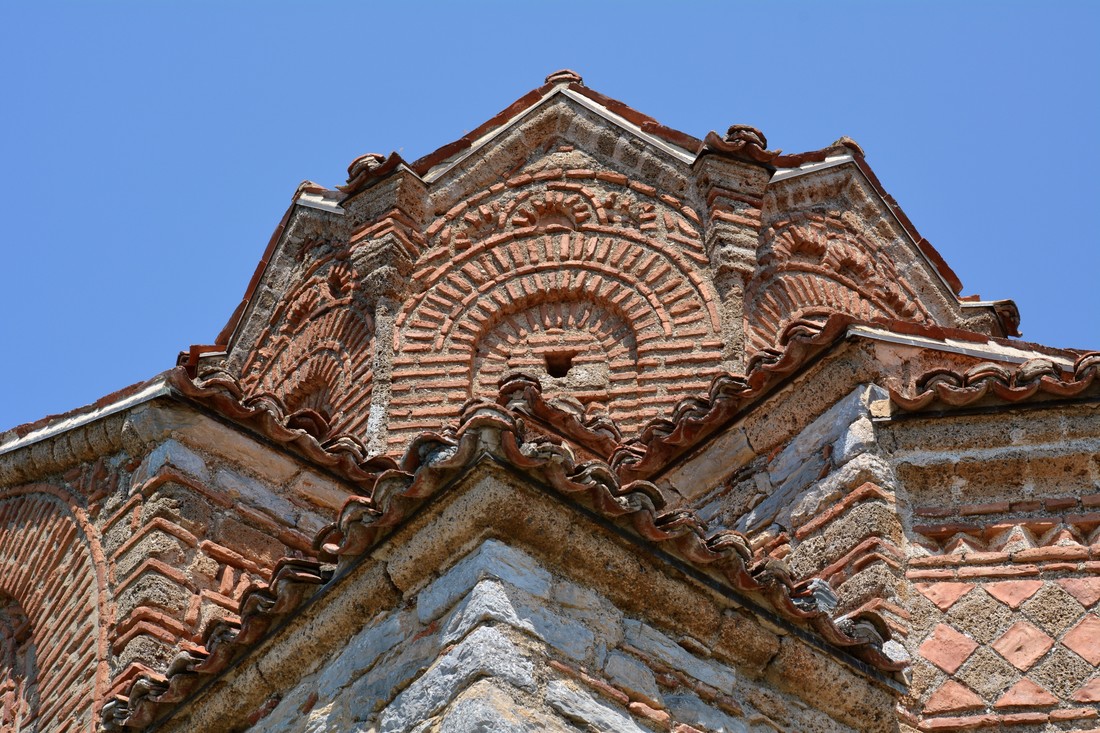is there a North-Macedonian literature?
This is something I don't see very clear. The Balkans are rather a continuum to me, even linguistically (I can vaguely accommodate to all these languages, as I am a native speaker of a Slav tongue). Of course, for the crucial decades of the 20th c. the country was merely a marginal province of a larger whole, i.e. the state of Yugoslavia, where other present-day nationalities, such as Croatia or Serbia, possessed much more illustrious cultural capitals. What is the cultural peculiarity of this small country, that is still an object of my studies. Should I look for it in the Middle Ages, in the early written culture on the shores of the Ohrid lake? Or will it still conduct me into a larger cultural continuum?
I have read... nothing ...
|
Vertical Divider
|
I have written... nothing ...
|
Skopje
One of the most puzzling capitals of contemporary Europe. Its singular "post-modern" downtown, violently clashing against the humanness of the neighbouring Turkish-style district, was still under construction in 2014, when I visited it. The water didn't run under newly constructed bridges, yet the project was clear: to build up a memory of Macedonia upon a reinvented Alexander the Great, to build up a downtown that would feel like the Museumsinsel in Berlin, where the true antiquities are... Only the water of the Spree river is missing (or was missing at the time of my travel). Cyril and Methodius, Slav civilising saints, have been added to the lot of antique heroic postures. At the point of taking the picture of Mother Macedonia, my camera became pitiless...
When I returned to Skopje in 2021, I heard that the politician who was behind the erection of all these statues was sued for corruption and that he was a refugee in Hungary. In some cases, the spectacle of decay seems more lens-worth than this new antiquity in its heyday.
When I returned to Skopje in 2021, I heard that the politician who was behind the erection of all these statues was sued for corruption and that he was a refugee in Hungary. In some cases, the spectacle of decay seems more lens-worth than this new antiquity in its heyday.
The "post-modern" section
the unwanted (?) tradition: Mustafa Pasha Mosque (1492) and the Old Bazar of Skopje
Ohrid
The Lake Ohrid is one of those places, not only in the Balkans, but also in a the scale of all the world known to me, that I remember in an absolute, indelible way. One afternoon, I swam in it; the water was perfectly still, smooth like the surface of a table. Everything was silent, quiet, infinitely serene, and it seemed to me that I swam farther from the shore than I actually did and that I stayed in the water much longer than I actually did, suspended in the void of my summertime, reckless. What might happen to me? The lake gave me such an impression of purity and safety.
The most intense magic is in a hidden corner of it, where I suppose some springs must be; the water is so perfectly clean, forests of pondweed touch the surface, tortoises stick their necks, immobilised on fallen trunks. There is a monastery nearby, called Sveti Naum. Another church, of St John Kaneo, is picturesquely situated on the top of a hill.
The town of Ohrid is also interesting, surprising in the full extent of its Balkan contrasts. Churches and monasteries are numerous, yet there is also a mosque. The medieval history of paper production in this region is attested in a workshop still using the traditional techniques. Another curiosity are the artificial pearls, sort of traditional industry as well, although not as old as one might presume. As far as I could understand, they are made with scales of a specific fish living in the lake, plasica. I bought some and for some years they were among my favourite jewellery, even if the surface deteriorated with time, showing that they were made with several layers of some sort of coating. Perhaps I should have treated them more gently.
The most intense magic is in a hidden corner of it, where I suppose some springs must be; the water is so perfectly clean, forests of pondweed touch the surface, tortoises stick their necks, immobilised on fallen trunks. There is a monastery nearby, called Sveti Naum. Another church, of St John Kaneo, is picturesquely situated on the top of a hill.
The town of Ohrid is also interesting, surprising in the full extent of its Balkan contrasts. Churches and monasteries are numerous, yet there is also a mosque. The medieval history of paper production in this region is attested in a workshop still using the traditional techniques. Another curiosity are the artificial pearls, sort of traditional industry as well, although not as old as one might presume. As far as I could understand, they are made with scales of a specific fish living in the lake, plasica. I bought some and for some years they were among my favourite jewellery, even if the surface deteriorated with time, showing that they were made with several layers of some sort of coating. Perhaps I should have treated them more gently.









